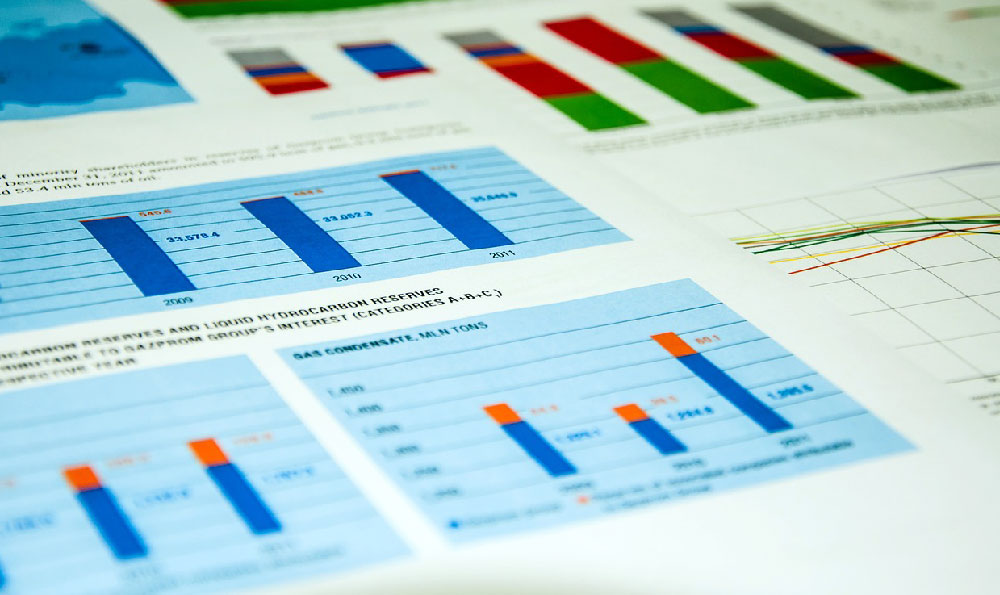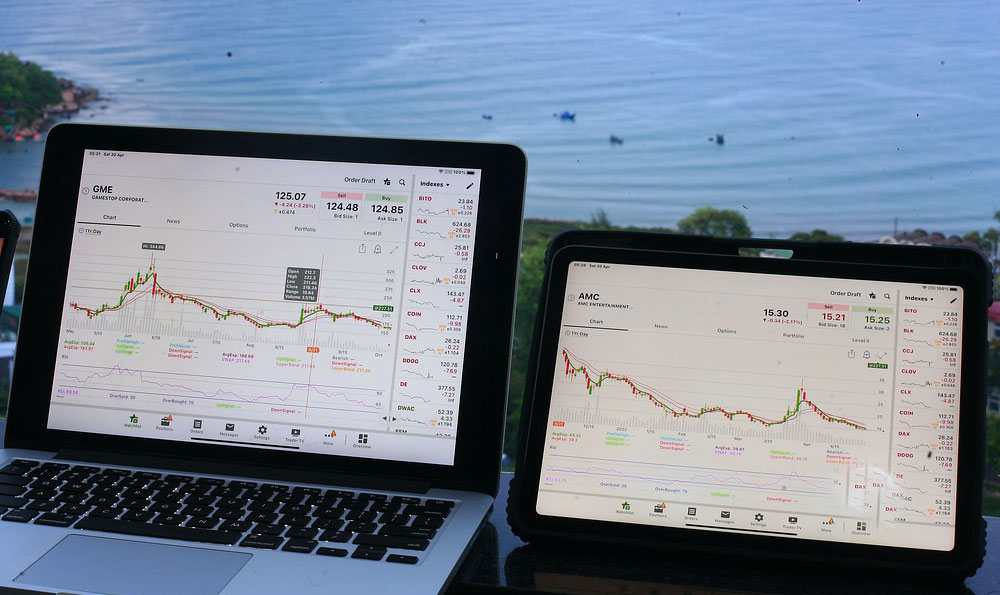Google AdSense is a powerful tool for monetizing online content, but its effectiveness hinges on a nuanced understanding of digital dynamics, audience behavior, and strategic execution. To succeed in this arena, one must approach it not as a shortcut to wealth, but as a long-term investment in their digital presence. This requires a balance between technical optimization, content relevance, and data-driven adjustments to maximize earnings while mitigating risks associated with algorithmic shifts and market saturation.
A critical foundation lies in crafting a robust digital presence that aligns with AdSense’s core principles. High-quality, original content that provides value to users naturally attracts organic traffic, which is the lifeblood of AdSense revenue. Unlike traditional advertising models, AdSense thrives on user engagement rather than direct exposure. This means that content creators must prioritize depth, accuracy, and utility in their offerings. For example, a blog focused on technical tutorials should not only be informative but also structured to facilitate seamless navigation, ensuring users spend more time on the site and encounter more ad units. The quality of the website itself—its design, loading speed, and mobile responsiveness—also plays a pivotal role. A well-optimized site reduces bounce rates and enhances user experience, both of which are key factors in AdSense’s ad serving algorithms.
Equally important is the strategic placement of ad units. While it might be tempting to fill every available space with banners, research indicates that a balanced approach yields better results. High-performing ad placements often occur on pages with low bounce rates and high dwell time. For instance, placing ads near the top of articles (above the fold) can capture attention while users are still engaged. However, this must be done judiciously to avoid frustrating the reader. A general guideline is to limit ads to no more than 30% of the page’s content, ensuring a harmonious blend of ads and user-centric material. Experimentation with different ad formats—such as responsive ads, link units, or dynamic ad banners—is essential, as each performs uniquely depending on the audience and content type.

Analyzing performance data is a cornerstone of AdSense optimization. Monthly reports and real-time metrics provide insights into which ad placements generate the most clicks and which content pages are underperforming. Advanced users often leverage tools like Google Analytics to track user behavior, identifying patterns such as peak engagement times or high-traffic content categories. It’s also crucial to monitor the CPM (cost per thousand impressions) rates of different ad networks, as this directly impacts revenue. Regularly reviewing these metrics allows for iterative improvements, such as adjusting ad positions, revamping underperforming content, or switching to higher-yielding ad types. However, data analysis should not be viewed as a standalone solution; it must be integrated with broader market trends.
The AdSense ecosystem is influenced by external factors beyond individual control, such as algorithm updates and market saturation. Staying informed about changes in Google’s monetization policies is vital, as adjustments to ad targeting or payment structures can significantly affect earnings. For example, Google’s recent emphasis on user experience has led to stricter rules against intrusive ads, requiring creators to adapt their strategies accordingly. Additionally, understanding seasonal trends—such as increased traffic during holidays or market fluctuations in specific niches—can help in timing content updates and ad placements for maximum impact. Proactive adaptation to these changes, rather than reactive adjustments, ensures sustained profitability in a dynamic market.
Long-term success with AdSense demands a commitment to continuous learning and expansion. Diversifying content formats—such as incorporating video content, podcast episodes, or downloadable resources—can open new revenue streams while reducing dependence on single ad types. Similarly, expanding into multiple niches or languages allows for tapping into varied audiences, minimizing the risk of income volatility. For instance, a website focused on fitness may benefit from exploring subtopics like nutrition, equipment reviews, or workout plans, each with distinct ad opportunities. Additionally, building a community around the content—through social media engagement, newsletters, or comment sections—creates loyalty and repeat visits, which are critical for maintaining a steady income.
Avoiding common pitfalls requires a careful approach to risk management. Many creators overlook the importance of traffic quality, assuming volume alone guarantees revenue. However, high traffic from irrelevant sources can diminish click-through rates (CTRs) and, consequently, earnings. This necessitates a focus on attracting targeted audiences through SEO, content marketing, and community building. Similarly, neglecting mobile optimization can lead to significant losses, as a vast majority of internet users access content via smartphones. Ensuring that ad units are mobile-friendly and that the site’s design accommodates different screen sizes is essential. Another pitfall is the over-reliance on a single ad network, which exposes creators to the risk of algorithmic changes or policy shifts. Diversifying ad sources and maintaining a broad portfolio of monetization strategies—such as affiliate marketing or sponsored content—builds resilience against market fluctuations.
Ultimately, mastering Google AdSense requires a holistic approach that integrates technical expertise, creative insight, and strategic foresight. It is not merely about placing ads on a website, but about cultivating a digital ecosystem that caters to user needs while maximizing monetization potential. This involves regular experimentation, data-driven decisions, and a commitment to continuous improvement. By viewing AdSense as a component of a broader digital strategy, creators can unlock its full potential and achieve sustainable financial growth. The key to success lies in patience, adaptability, and a deep understanding of the interplay between content quality, audience engagement, and algorithmic performance.












